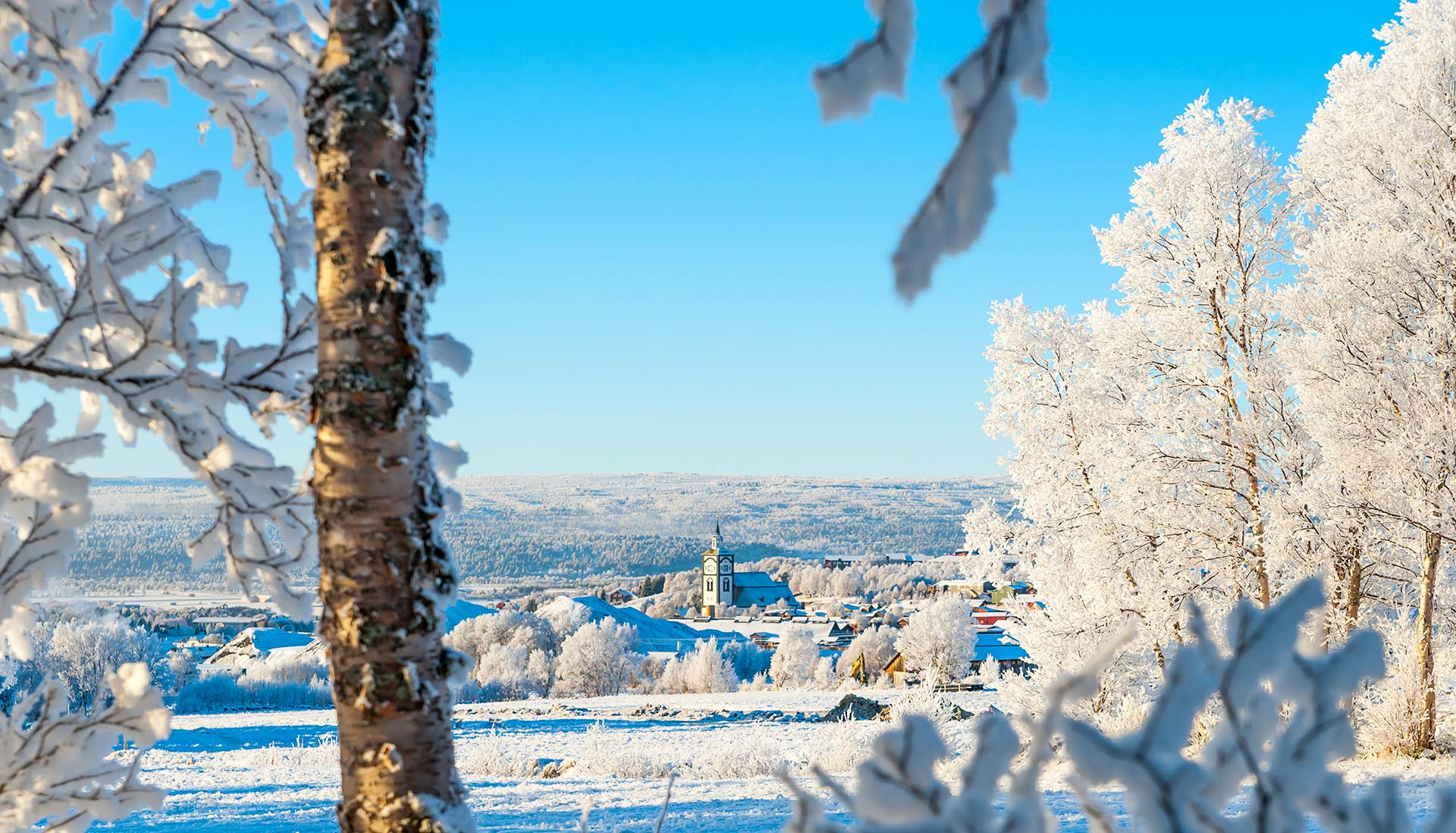
Røros: A cradle of craftmanship & creativity
The story of how a small town in rural Norway fosters a remarkable collection of creative brands.
- Design
- HÅG
- Collaborations
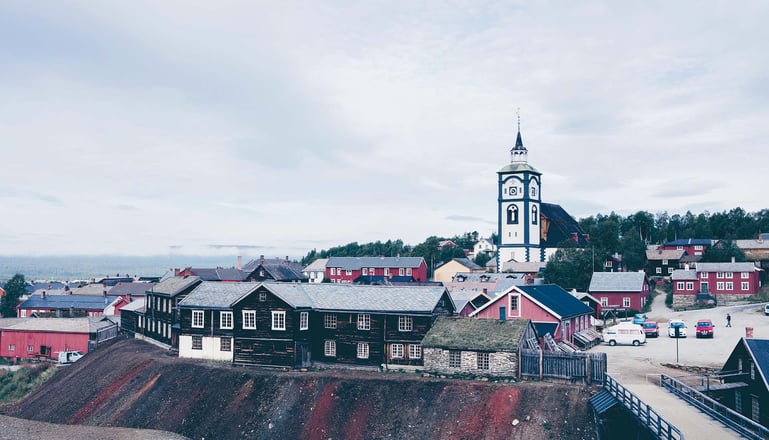
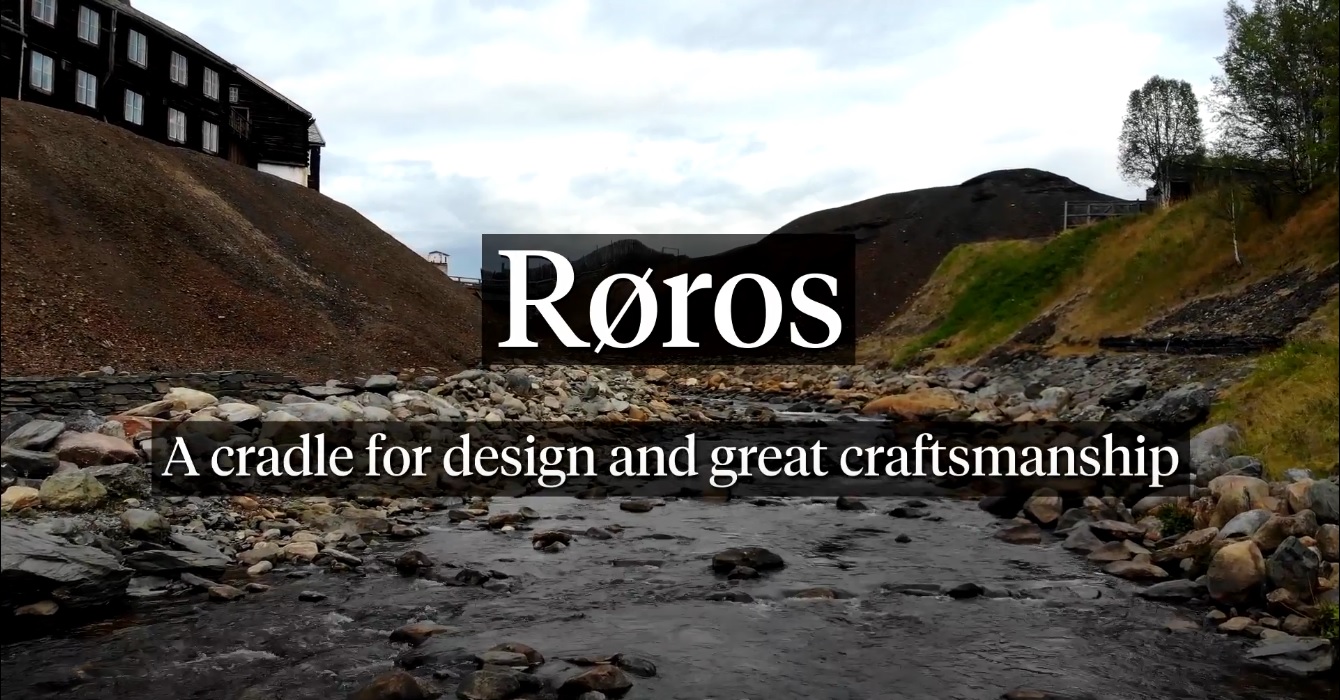
A remote community in rural Norway, the town of Røros is home to a surprising number of creative companies, built upon traditions that stretch back generations. For these innovative brands, there is a passion for handcrafted, original design. A shared heritage closely intertwined with the history of their hometown, and a joint belief in overcoming the odds, and turning the limitations of working in distant lands into a strength, in making history together.
This is the story of three of these brands; Røroshetta, Røros Tweed, and HÅG. Each with their own stories to tell, but together putting Røros on the global map.
A local tradition
“Many wonder why we are situated here, a mining town far away from the textile centres in Norway,” says Arnstein Digernes, the owner of Røros Tweed, “But it has its history.”
Røros Tweed has been weaving high-quality woollen products since the 1940s but their story starts centuries before in the booming period of the mining industry, and the generosity of one of the town’s richest men, as Arnstein explains;
“It all started with the famous mine Director Peder Hiort, who was a very wealthy man, and he donated his entire fortune to the poor, but it was done in a very wise way. He brought in raw materials and gave it for free to the poor, and they got paid for the work they did. In the end, they also received the finished products back for free. This was the origin for long and widespread textile craftsmanship in Røros.”
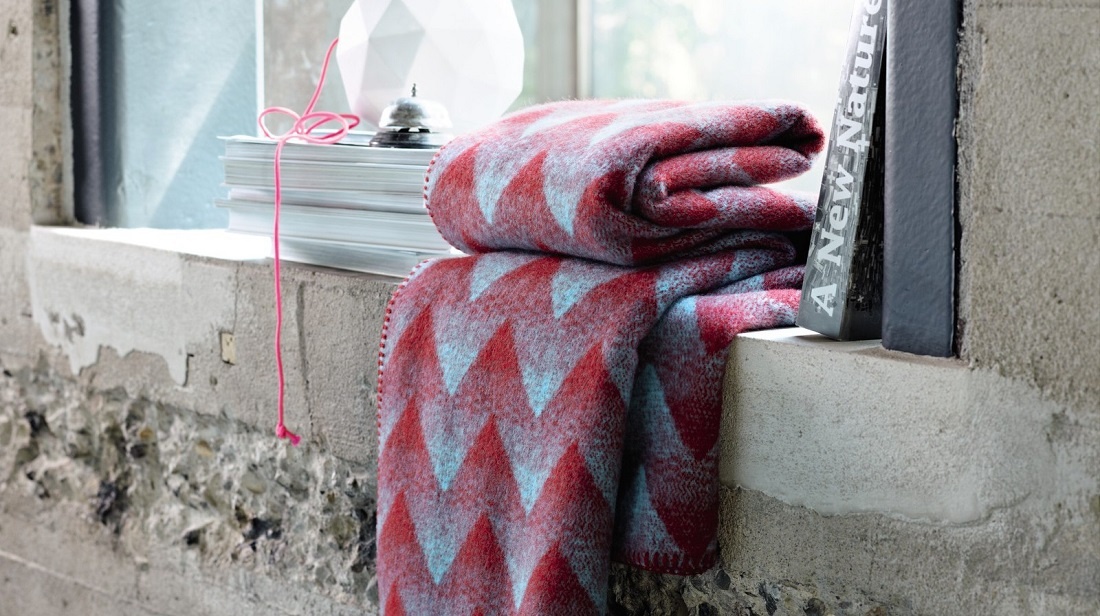
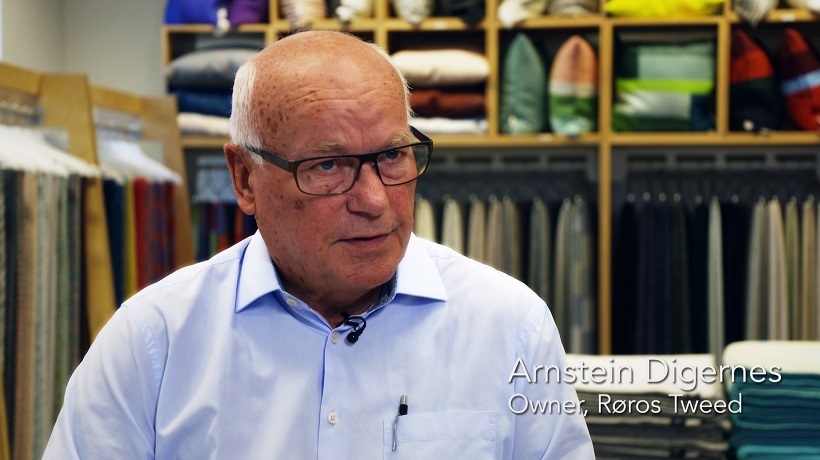
By the 1930s, the process became industrialised, and the company Røros Tweed had emerged, bringing together all of the craftsmen under one banner. The company grew from strength to strength, despite the difficulties of its remote location and bigger competitors. And when a change in the law allowed duty-free imports from across the world to flood the market in the 1960s, the business was on the edge. But with a bit of restructuring and a change in ownership, Røros Tweed survived and thrived, as Arnstein continues;
“Most of the textile industries (in Norway) had to close down, and that was also the plan for Røros tweed. Then (my family) were asked to take over the business… The question of closing down or moving location is completely out of the question as the brand is a connection to Røros, and we have the technology to be competitive in Norway.”
“Because of the long craftsmanship and textile tradition in Røros, we are regarded as a part of the identity of Røros city, and on the other side, we feel that Røros as a city is very part of our identity. We are 100% Norwegian, and there are not many products that can say that.”
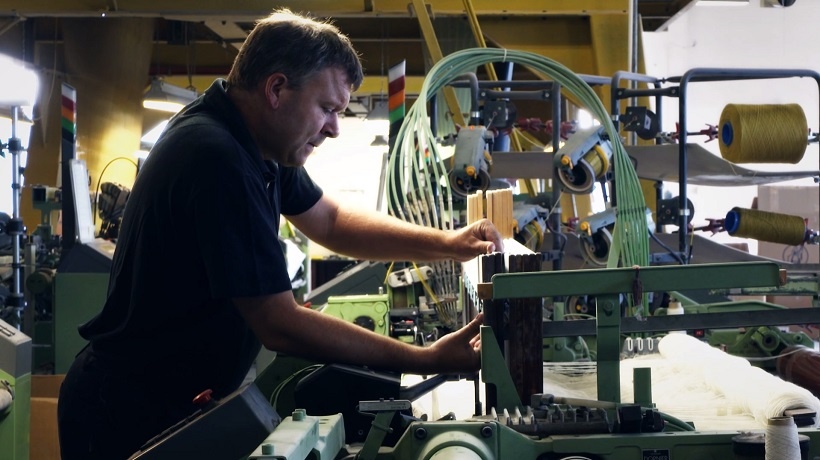
A family tradition
“Røros is a nice place to live; it’s a nice place to grow up. You are near to nature, you have people that care. Røros I would say is unique; when you are living at the centre, you are like living in a museum.”
Tor Ottin Sigvartsen has lived in Røros his whole life, and working for HÅG is a bit of a family tradition, going back nearly to the beginning of the company in 1943.
“My father started working for HÅG in Oslo in 1947. In 1958 HÅG moved to Røros and my father came here with my brother and mother, and he worked here for 46 years until 1993, and I started in 1980. There has been one from the family in the company all the time, and I’m proud of that.”
Various members of Tor’s family have worked for HÅG over the years, putting him in a unique position of having knowledge and experience of HÅG throughout its history, and a deep understanding of the company and its character.
“When I come to work I feel welcome, and I feel that my contribution is important. I have opportunities to contribute, I can participate in projects, and there is a family feeling. I have been here for 38 years now, and I wouldn’t be here if I wasn’t proud of the company.”
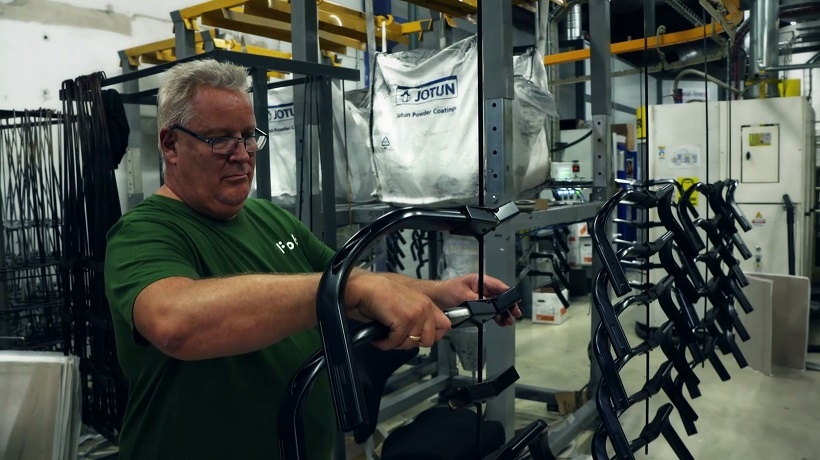
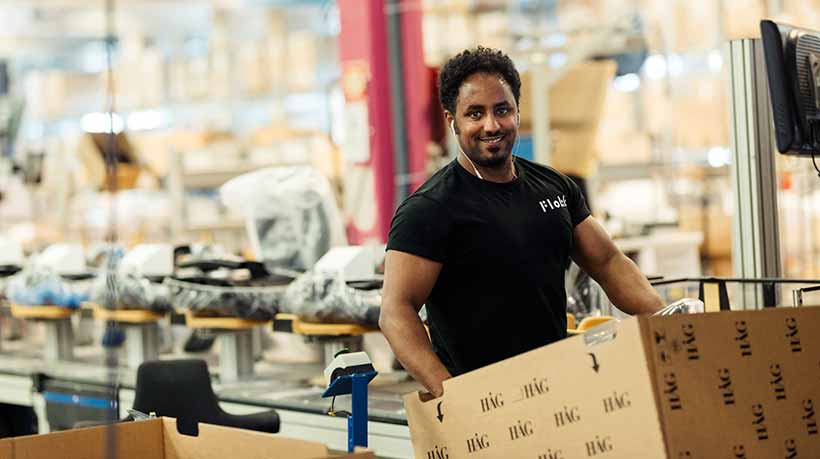
For Tor, this collective feeling is fostered by the small and hardy community that can be found in Røros, and this has benefited the production site of HÅG Enormously, creating a pool of highly skilled workers that can adapt and grow with the demands of the industry.
“We have a stable workforce, with an average duration of 18 years. We have employees with high competence, skilled production workers focusing on quality, and skilled management which makes everyone work towards the same goal. We are experts at restructuring production processes, and this makes us competitive in the market.
“People from all around the world buy HÅG because we are different and better. You get a product produced with focus and quality and long life, and it’s produced environmentally friendly, and it’s produced with pride in Røros.”
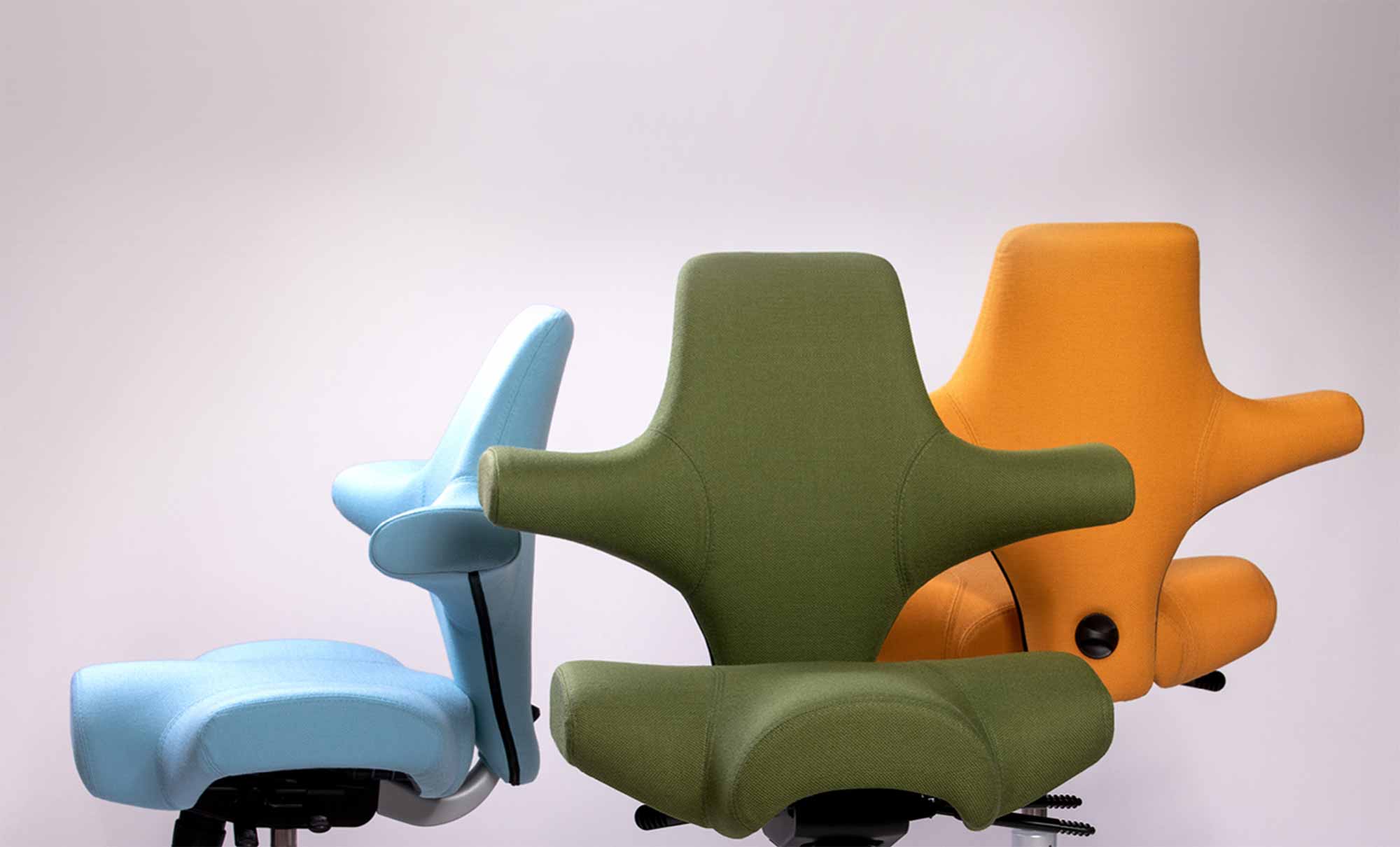
A crafting tradition
“Customization for customer needs. There is a market for that, otherwise, everyone would have white cars. We are doing the same as the car industry but without any cost increase for the customer, which makes it a challenge but a possibility to earn good money.” - Havard Augensen, Co-Owner, RørosHetta.
RørosHetta is a kitchenware company specialising in metal furnishings and fittings. Opening for business in 1946, the business is family-run and focuses on providing customized products, unique for each home. Despite its size and remote location, the business grows every year and continues to expand its horizons. What drives this success? We asked Havard;
“The speed that we as a small company can achieve compared to our large competitors is one of our USP’s. This together with the knowledge of the people that work here, the craftsmanship that we have, and the local creations of the people that work inside the factory, I would say is one of the most unique things of RørosHetta."

“We have skilled people that have worked with us for several years, always trying to achieve a little bit more than our large competitors. This speed also allows us to follow the trends. We know the trends are changing, at most I would say monthly or yearly, and to be able to follow these trends is crucial for our business.”
Global communications and improved transport networks have allowed RørosHetta to remain in Røros and stay competitive, despite the remoteness and often harsh climates of the region. And the quality of their products and skill of the people has meant that whilst many factories across Norway and indeed Europe have had to close down, RørosHetta is bucking the trend.
“It’s always challenging to have the production and sales located up here. It could of course always be better to have the company somewhere else, but then we wouldn’t have the people or the culture we have up here. I think that a lot of people would like something that is unique, in Røros we have the craftsmanship all the way back from the mining industry. We are growing in double digits every year, and exploring new markets. We are very optimistic about the future.”


This might also interest you
HÅG SoFi – now available in tumbled aluminium
Extending the beauty of tumbled aluminium to HÅG SoFi — versatile,...
HÅG Tion mesh – now available
Flokk is proud to introduce a new addition to the HÅG Tion family - HÅG...
Workplace well-being: designing a healthier and more productive environment
An essential guide for those looking to improve or maintain high levels of...